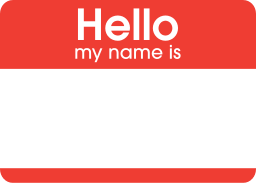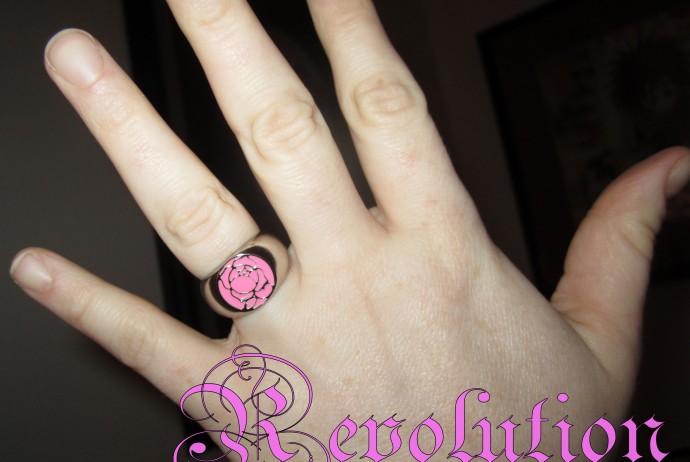
When is a personal name more terrifying than a word? I’m sure most teachers taking attendance on the first day of school have stories about name-terror… and so do translators, sometimes. For a Japanese-English translator, the terror can go beyond a simple “How do I pronounce this?” to “How do I spell this in the Latin alphabet? Because I have three equally valid guesses that are spelled absolutely nothing like each other.”
That’s right: in languages that share alphabets, names are (allegedly) easy to “translate” because you simply copy and paste. Your name is your name is your name. But put it into another alphabet–like Japanese, in which the same sounds have different characters and the same characters have different sounds–and it all goes downhill fast.
“What’s this name written here?”
“I don’t know; I don’t know that guy.”
“But I thought you could read Japanese.”
“Oh, I can read it; I just don’t know what it is. I can give you a guess, if you want.”
“Should I ask a Japanese person?”
“Sure; they’ll give you a guess too.”
So you would think that the easiest thing I translate would be staff lists, because they’re just people’s names. Instead, they’re difficult and rarely satisfying, because you want everyone to be credited correctly with their actual (romanized) name, but unless you’ve met the person or they have their own website or you can find someone who knows them, there’s just no way to be sure. You see, when you fill out paperwork in Japan, next to your name there’s always a space for “how to pronounce your name.” This is because two people could have the same Japanese character as their names, yet the names could sound completely different: 真 could be “Shin” or “Makoto.” They don’t even share the same number of syllables, let alone any sounds! So it’s a language where you have to routinely tell other people how to read your name.
Sometimes an anime licensor or business client will be able to check each name on the list and let you know if anything is incorrect. But other times, they’ll be able to look it over, but there might be people on the list who worked out of house and are not available anymore, and nobody is actually sure. So it’s just you and your best strategies… and when all else fails, your best guesses.
These days I give all my clients this disclaimer:
Since not all translation companies deal with Japanese regularly, my policy is to always advise my clients that on a legal document, you will need to confirm the name spellings with your client before considering the product final. Name spelling confirmation on other documents is also advisable. Japanese names are written using Japanese characters, and English spellings for the “same names” in Japanese can vary wildly based on individual preference (example: “Kosuke” vs. “Kousuke”). In addition, wildly different names can be spelled the same way, giving the entire name an unknown status (example: the given name 昌 could be either “Akira” or “Sho”).
Otherwise, what do you do with names in other alphabets? A few approaches I use:
1. Google the name to see if the person happens to have their own website or blog, and if so, whether their name is spelled out there in your alphabet or at least given a pronunciation.
2. See if the person has an account on a social media site like Facebook, LinkedIn, or Twitter, and ditto. (Warning! There are always many accounts for different people who happen to have the same name, so in this technique you have to make sure it’s really and truly the person you want.)
3. If you know or can discover a company the person works for, check the company’s website to see if their name appears.
But sometimes, it will sadly come down to “This is my best guess based on statistical averages.” We always want to do right by everyone on that list, but it’s just not always possible.
And then there’s birth certificates, where making a mistake or bad guess is NOT a good thing! You better bet every client gets this disclaimer when I do a birth certificate!


